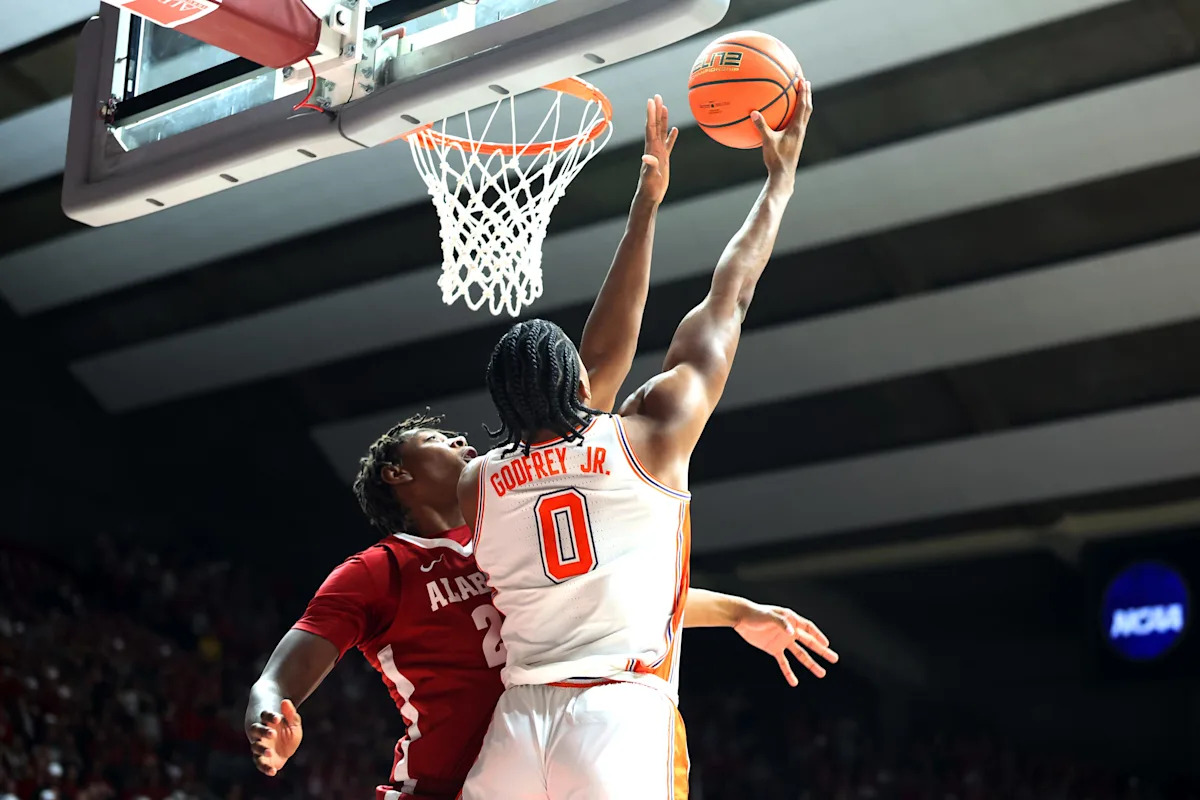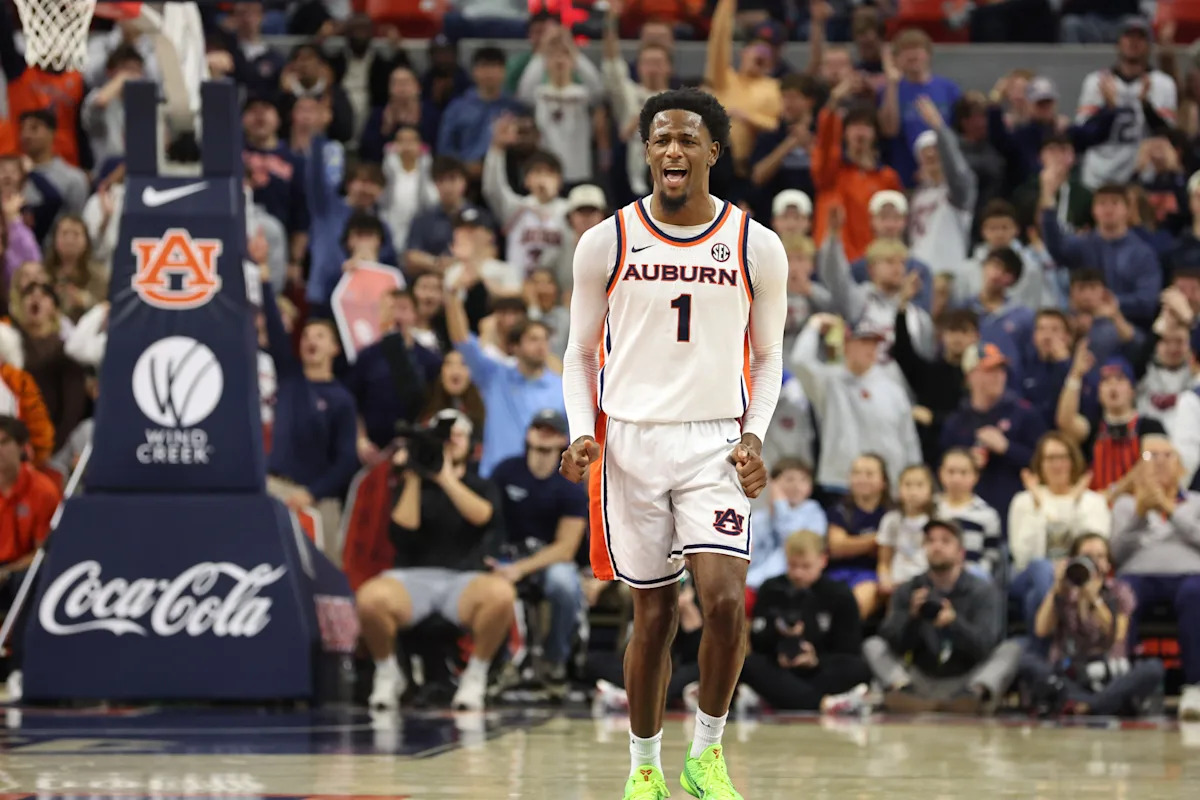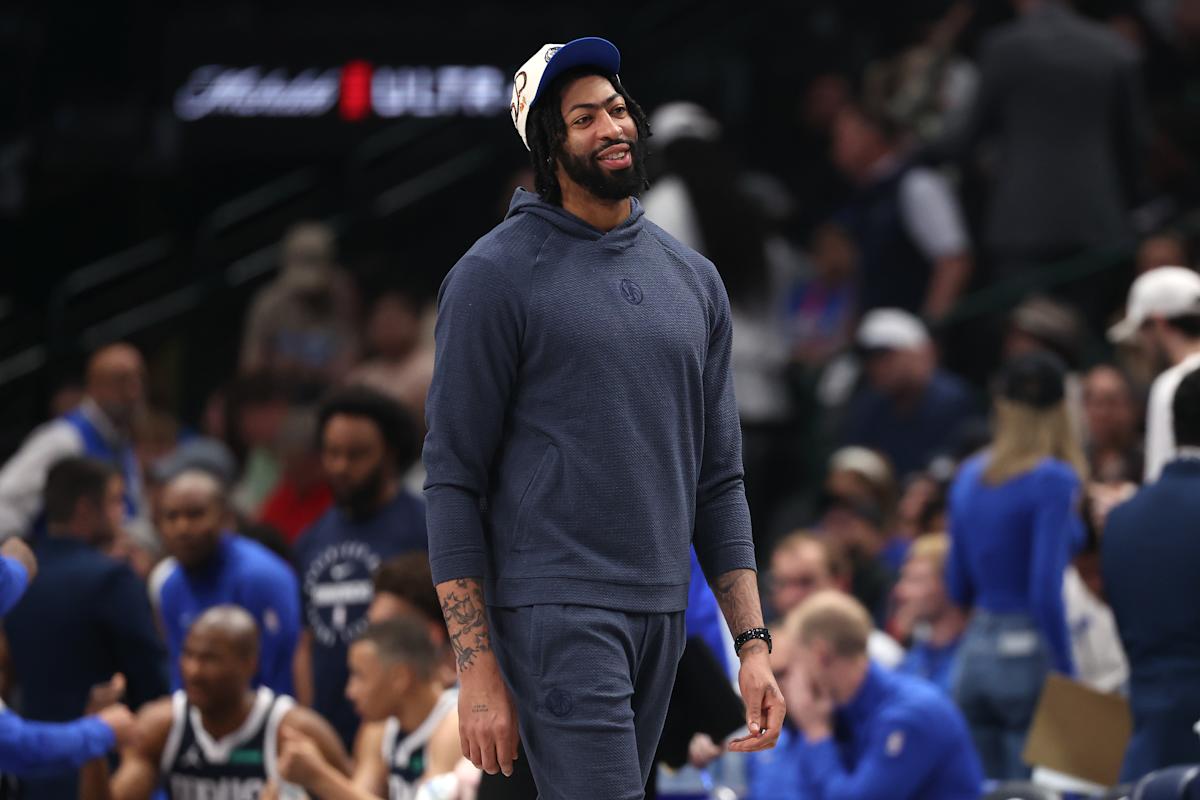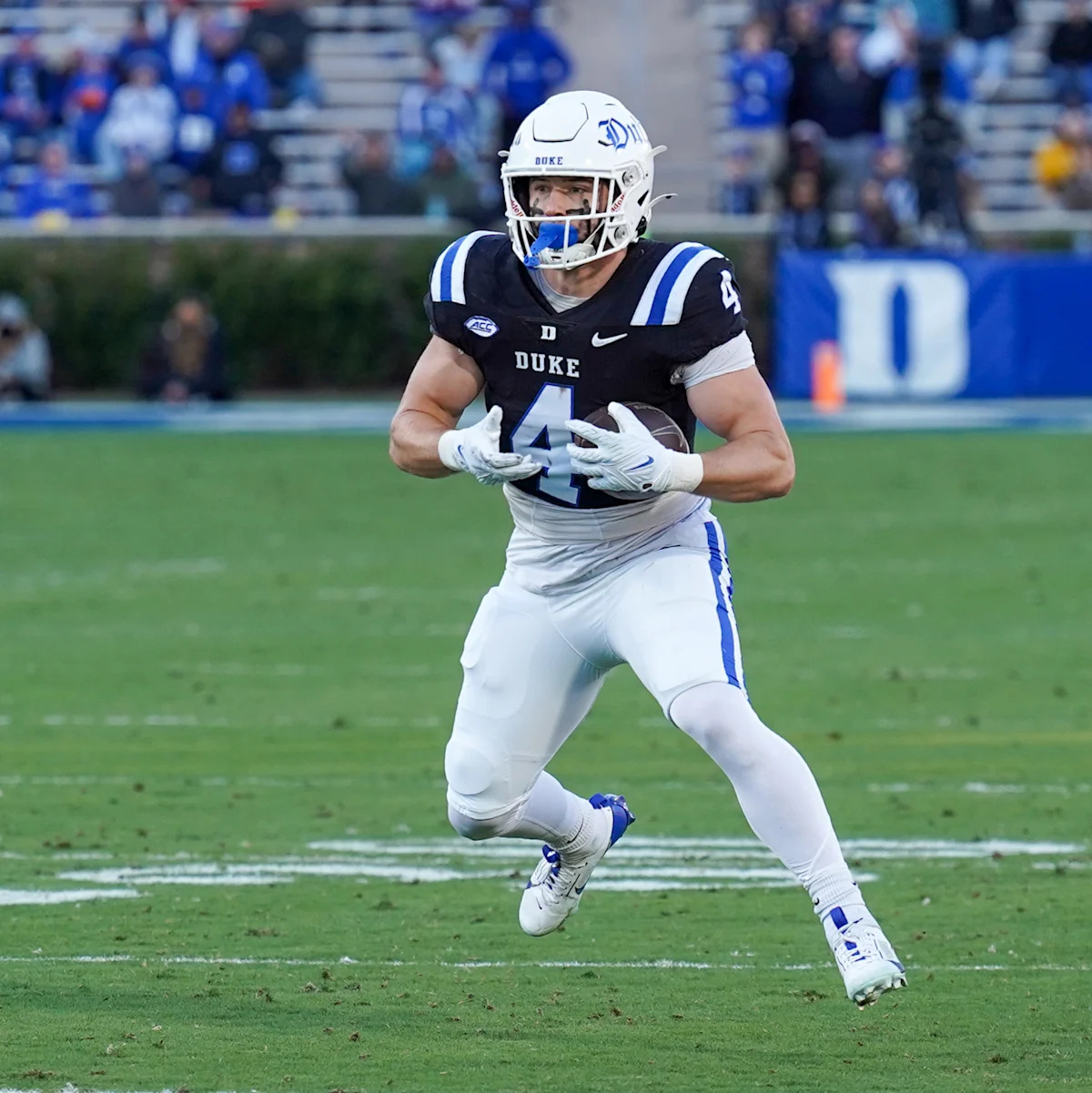College athletics looks far different than it did even a few years ago. And starting this summer, some student-athletes will begin to profit even more than they already do.
Starting Tuesday, Division I schools will be allowed to pay athletes directly as a result of a settlement ending three antitrust lawsuits against the NCAA. It paves the way for revenue sharing, which will give athletes a portion of the resources they help generate for the first time in the history of college sports.
The University of Maryland announced it plans to spend the maximum allowed amount on its players. Some nonpower conference local schools will also participate, while others are opting out. Here’s everything you need to know before July 1.
What’s going on?
NCAA Division I schools can pay student athletes directly through what will be known as revenue sharing starting Tuesday. Schools can pay their athletes up to $20.5 million of the revenue their athletic departments generate. It will be up to schools individually to decide how to allocate that across sports. Most expect football and men’s basketball to lead the way.
The $20.5 million figure is expected to rise incrementally every year, similar to how the NFL’s salary cap increases annually, proportional to the league’s revenue. In addition to introducing revenue sharing, schools that opt in will also be forced to help pay $2.8 billion in back pay to former NCAA athletes who competed since 2016. The University of Maryland’s share of that is $1.5 million annually over the next decade. Scholarship limits will also be increased for all sports, the Terps announced earlier this month.
Why is this happening?
This is the result of the settlement from the House v. NCAA case. It received preliminary approval in October, then California judge Claudia Wilken heard final arguments in April, and a revised version of the settlement was approved on June 6. Schools are expected to begin paying athletes as soon as Tuesday. The House v. NCAA settlement ended three antitrust lawsuits, all of which argued the NCAA illegally limited college athletes’ earning abilities.
Schools from the power conferences — the Big Ten, Southeastern Conference, Big 12 and Atlantic Coast Conference — were required to opt in to the agreement, while nonpower conference Division I schools had the choice to opt out of the settlement by a June 15 deadline.
How will schools allocate the money?
Most power conference schools, such as Maryland, have said they will give a large portion of the $20.5 million to football and men’s and women’s basketball. For many schools, those are the top revenue-producing programs.
Former Terps athletic director Damon Evans said in January, before he left for SMU in March, that Maryland would commit “a vast majority” to those three sports. In a news release earlier this month, associate AD Kirby Mills said that is still the school’s plan.
No schools have said publicly exactly how they’ll divide the $20.5 million, but some have offered insight. Alabama athletic director Greg Byrne recently said the Crimson Tide will give most to football and men’s basketball, like Maryland, while also carving out some for ticketed sports: women’s basketball, baseball, softball and gymnastics.
How schools navigate funding nonrevenue programs will be an added wrinkle that could set them apart from their competition. Maryland’s nonrevenue teams, most notably men’s lacrosse, have become the top programs in their respective sports. Revenue sharing could accentuate the divide.
Will name, image and likeness still exist?
Yes, but with a little more oversight and enforcement. Finally.
The power conferences are creating a new enforcement agency to monitor payments to athletes from donors and collectives. Those aren’t going away. Dubbed the College Sports Commission, the agency will be led by former MLB executive Bryan Seeley. Overseeing name, image and likeness payments was previously the responsibility of the NCAA, which coaches and others have opined did little to enforce rules or investigate potential violations.
Do schools have to pay the full $20.5 million?
No, but Maryland and others will. While power conference schools were required to participate and will likely commit to paying that full amount, the rest of Division I had a choice.
The Ivy League announced earlier this year that it will opt out of the settlement, removing its schools from revenue sharing and paying back damages. Saint Francis, a previously Division I school in Pennsylvania whose men’s basketball team reached the NCAA Tournament this season, recently announced it plans to drop to Division III in 2026. The school’s chairman said it was because of “complexities” in the modern landscape, such as “pay-for-play and other shifts that move athletics away from love of the game.”
Maryland is home to eight nonpower conference Division I schools. The American Athletic Conference set a minimum that its schools must commit to revenue sharing of $10 million. But Navy, which does not provide athletic scholarships and whose athletes cannot accept NIL deals, is exempt from that, the AAC announced. The Coastal Athletic Conference, which Towson competes in, said in March it will opt in.
In a statement to The Baltimore Sun, Loyola Maryland, which competes in the Patriot League, said it “has not opted in to the House settlement at this time and will continue to assess the changing landscape.”
Reached via email through an athletic department spokesperson, UMBC athletic director Tiffany Tucker said the Retrievers opted out, and that the America East Conference left that decision up to its schools.
A Coppin State athletic department spokesperson told The Sun that the Eagles opted in.
A Morgan State athletic department spokesperson did not respond to a request for comment.
Have a news tip? Contact Taylor Lyons at tlyons@baltsun.com, 410-332-6200 and x.com/TaylorJLyons.
























